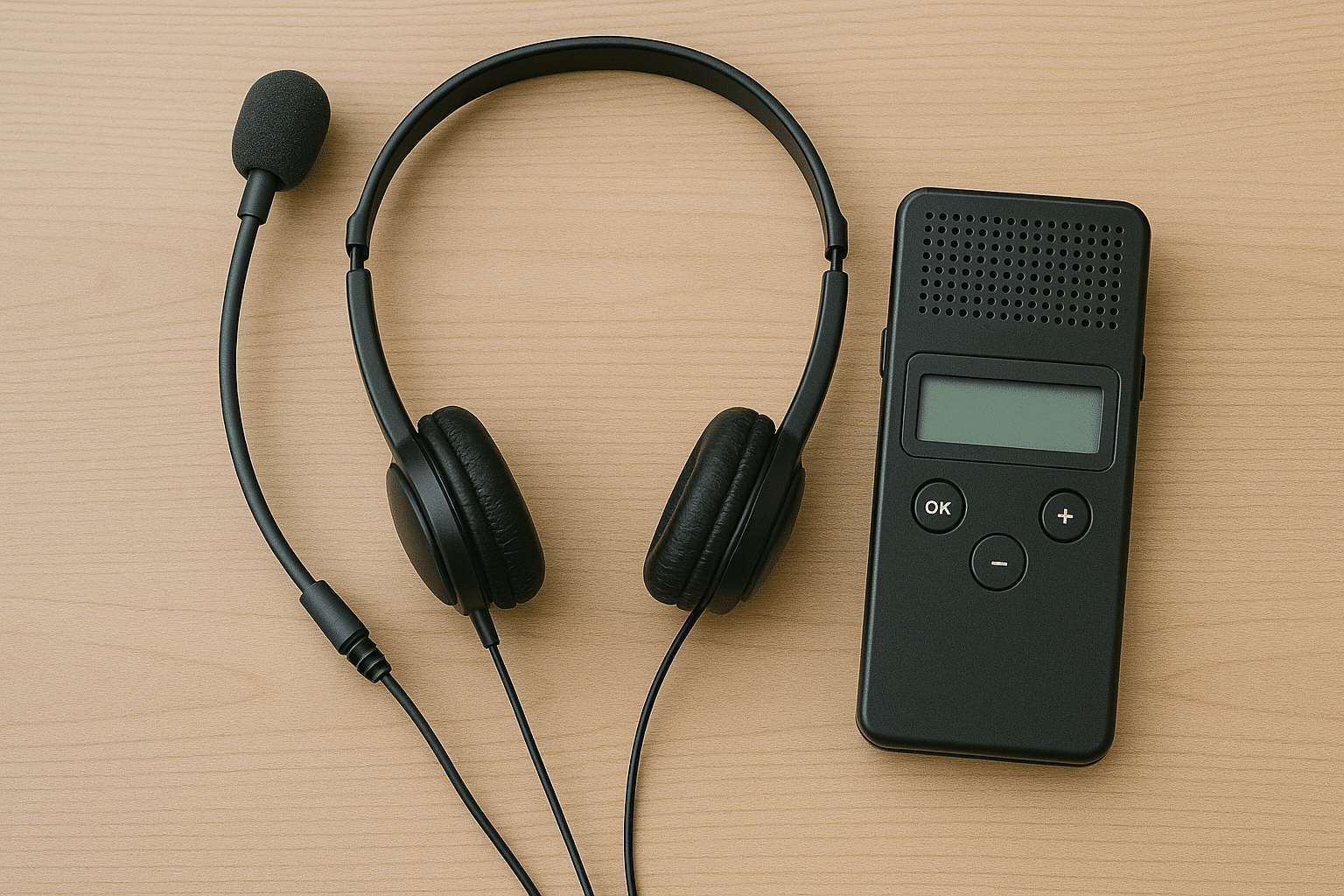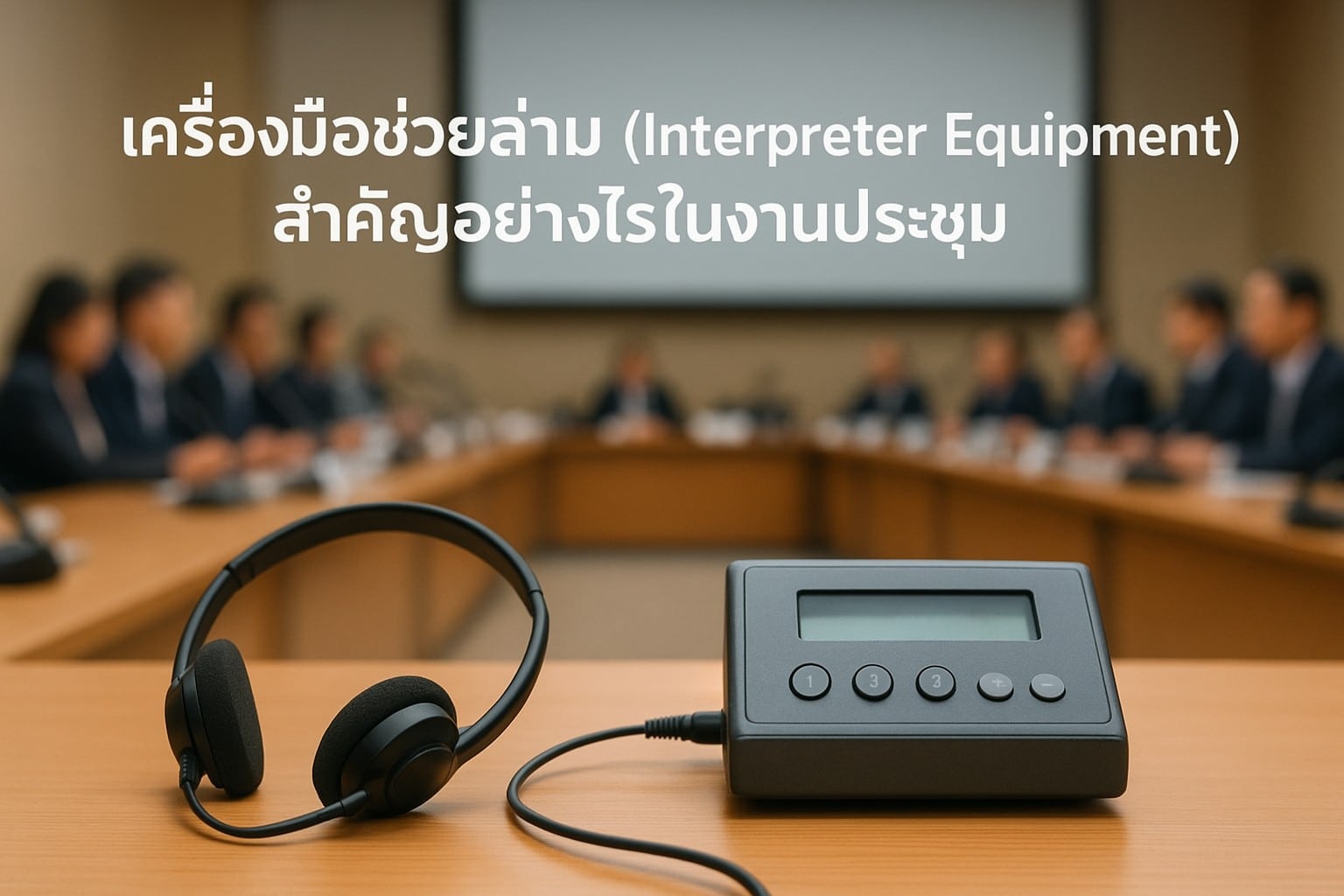
Interpreter Equipment Setup: Common Oversights by Event Organizers and How to Fix Them
Interpreter Equipment Setup: Common Oversights by Event Organizers and How to Fix Them
When planning multilingual events such as international conferences, product launches, or diplomatic meetings, organizers often focus on content, logistics, and guest experience — but interpreter equipment is frequently overlooked. This can cause last-minute chaos and poor communication. Here’s a guide to common mistakes and how to avoid them:
❌ Common Mistakes in Interpreter Equipment Setup
Forgetting to Book Equipment Early
Many organizers assume interpreters will bring their own equipment.
In reality, simultaneous interpreting requires a full system: interpreter booths, headsets, receivers, transmitters, and technical support.
Not Providing a Proper Interpreter Booth
Some venues don’t have soundproof booths, leading to distractions for interpreters and noise leakage that disrupts the audience.
Insufficient Receivers for Attendees
If you underestimate the number of listeners needing interpretation, some may miss out on key content.
No Technical Sound Check
Skipping a rehearsal or sound check can result in mic failures, interference, or unclear sound quality during the event.
Placing the Booth in the Wrong Location
Interpreters need a clear view of the speaker or stage, even if they’re not interpreting visually. Blocking their view affects accuracy and timing.
✅ How to Fix or Prevent These Issues
Plan Interpreter Equipment as Early as AV
Treat interpretation gear like microphones or screens — book early with professional vendors.
Use Certified Equipment Providers
Work with companies specializing in conference interpretation systems to ensure compatibility, sound clarity, and booth standards.
Have a Technical Rehearsal
Schedule a run-through with interpreters, AV teams, and presenters to test the equipment, audio feed, and language channels.
Prepare Backup Units
Always have spare receivers, batteries, and transmitters on standby in case of failure.
Coordinate Between AV and Interpretation Teams
Make sure interpreters can hear and see everything they need: slides, videos, speaker cues, etc.
📝 Summary
Interpreter equipment is not just technical gear — it’s the backbone of effective multilingual communication. A small oversight can result in big communication breakdowns. To guarantee smooth operation, involve your interpretation service provider (such as Onni Translation) in the early planning stages, and ensure equipment is tested and managed by professionals.



